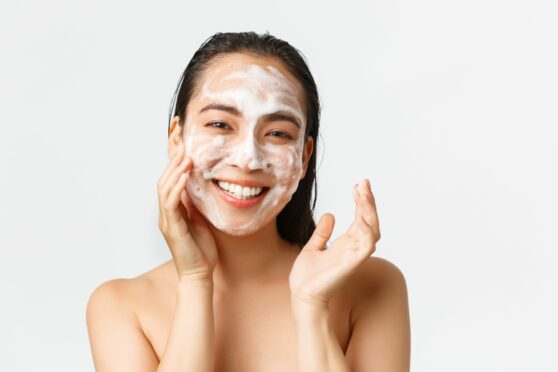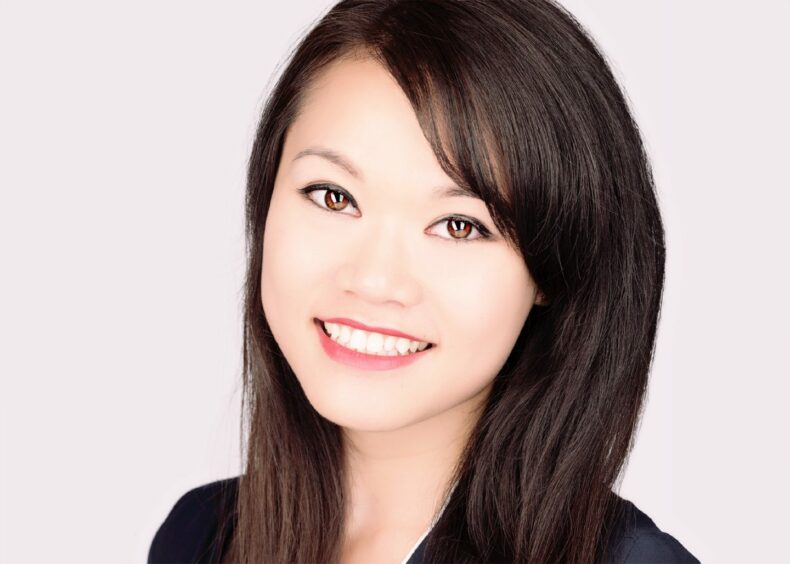
With a focus on wonder ingredients for a naturally luminous and glowing complexion, Korean skincare brands have taken the beauty industry by storm over the past five years.
From the much-discussed 10-Step routine, which involves clarifying, toning and layering products onto the skin every night, to must-have formulas that promote beauty from within, K-beauty, as it’s known, is beneficial for women of all ages. The surge in popularity here in the UK may have changed the way we think about skincare long-term, but with trends and treatments updated so often, it can be hard to keep up with the latest advice.
Here, Ruby McGrath, founder of Korean skincare brand Atomy, shares just a few of the big trends for 2022.
Soothe and protect
After almost two years of wearing face coverings every day, low-irritation cosmetics are becoming increasingly popular.
McGrath explained: “As masks became more prevalent in our lives, it had an effect on our skin, including dryness, redness, irritation and breakouts. Therefore, ceramides are incredibly popular at the moment.
“With skin soothing and anti-inflammatory properties, ceramides act as a source of strength that protects the skin barrier and keeps skin looking and feeling healthy.”
Less is more
McGrath continued: “Next, so-called ‘skipcare’ is all about using fewer products to get the same results, with formulations combining the benefits of several products in one.
“Not only does this cut down on the steps in your routine, it also means less waste and fewer carbon emissions when transporting products across the globe.
“At Atomy, we have combined must-have skincare ingredients like niacinamide, green tea, centella, glycerine and oat kernel extract to create our effective do-it-all Absolute Ampoule (£36, atomy.uk).
“With anti-ageing, soothing, exfoliating, brightening and acne-busting ingredients, simply apply and top with your favourite moisturiser and SPF. to get set for the day ahead.”
Use your head
Korean beauty trends aren’t just concerned with your face
McGrath explained: “In Korea, we devote as much TLC to the skin on our head as we do our facial routines. The scalp controls the health of the hair, so the state of the follicles – and skin around the area – can make a difference in terms of hair loss, and whether you have healthy or brittle hair.
“Shampoo and conditioner with ingredients like niacinamide, neem, amica, shikakai, avocado, henna and biotin will cleanse, nourish and balance the scalp.”

Enjoy the convenience of having The Sunday Post delivered as a digital ePaper straight to your smartphone, tablet or computer.
Subscribe for only £5.49 a month and enjoy all the benefits of the printed paper as a digital replica.
Subscribe © SYSTEM
© SYSTEM